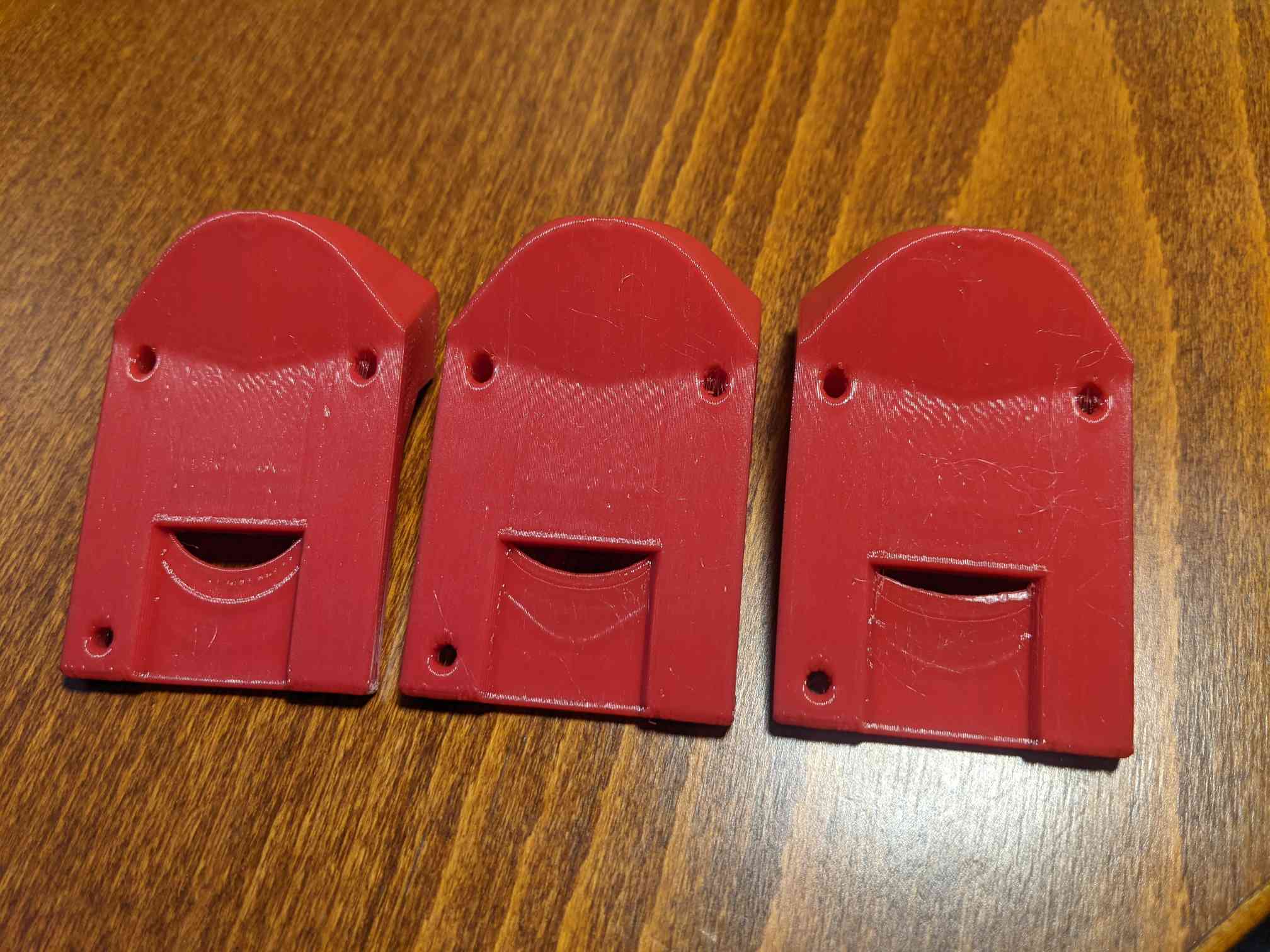
Nose Flute - Extended range
prusaprinters
<p>This is a variation on Sebastian650's excellent nose flute design. I used meshmixer to make the mouth of the flute narrower, which allows much higher notes to be played.<br><br>Here's a table showing the range I can achieve with each model.</p><p>The “lowest note” indicates the lowest note playable.<br>The “highest clean note” indicates the highest note where a hiss from turbulence doesn't occur.<br>The “highest practical note” indicates the highest note that can be played at reasonable volume. It is possible to play much higher by simply playing much louder.</p><figure class="table"><table><thead><tr><th>Model \ Limit</th><th>Lowest note</th><th>Highest clean note</th><th>Highest practical note</th></tr></thead><tbody><tr><th>Original (4.8mm mouth)</th><td>F#4 (~370Hz)</td><td>G#5 (~831Hz)</td><td>G6 (~1568Hz)</td></tr><tr><th>3.3mm mouth</th><td>F#4 (~370Hz)</td><td>E6 (~1319Hz)</td><td>G7 (~3136Hz)</td></tr><tr><th>2.5mm mouth</th><td>F4 (~349Hz)</td><td>C7 (~2093Hz)</td><td>D8 (~4696Hz)</td></tr></tbody></table></figure><p><br>Playing tips:</p><p>Higher notes require much less airflow for the same volume. This makes it harder to be consistent on volume and tone. Also, for lower notes, a narrower mouth reduces the range of airflow at which a note is produced much. This makes the 2.5mm model a lot harder to play at first, but I've gotten used to it after a few days. An improvement on this design would be to constrict the air passage above the labium, so that breath control is easier.<br><br>To achieve the lowest note, make sure your lower lip rests as low as possible on the flute, even under it.</p>
With this file you will be able to print Nose Flute - Extended range with your 3D printer. Click on the button and save the file on your computer to work, edit or customize your design. You can also find more 3D designs for printers on Nose Flute - Extended range.
